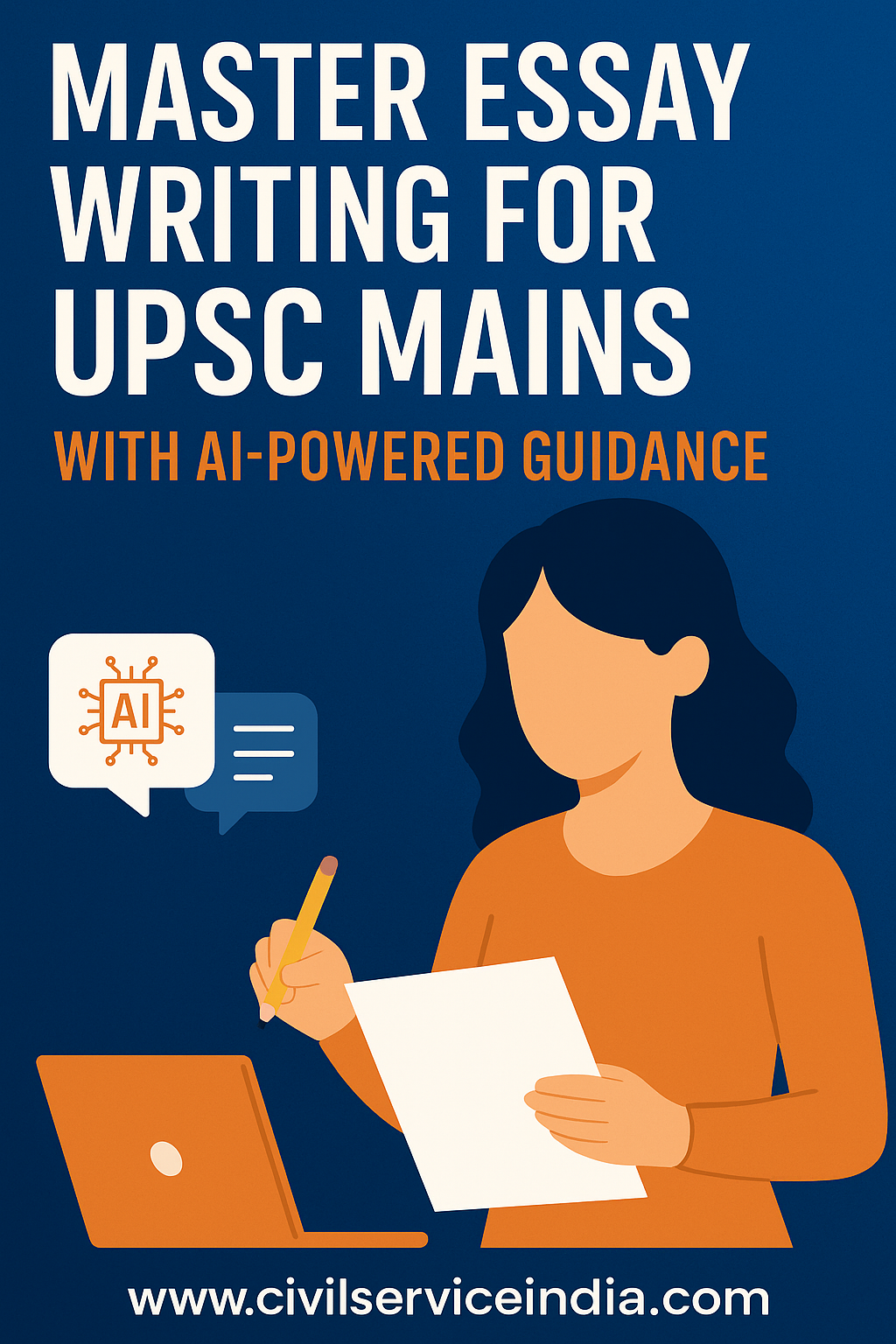Urdu Mains Syllabus 2025
Paper-I
Answers must be written in Urdu.
UPSC Urdu Syllabus PDF [Download]
Section-A
Development of Urdu Language
a) Development of Indo-Aryan
(i) Old Indo-Aryan
(ii) Middle
Indo Aryan
(iii) New Indo Aryan
b) Western Hindi and its dialects Brij Bhasha Khadi Boli, Haryanavi Kannauji, Bundeli-Theories about the origin of Urdu Language
c) Dakhani Urdu-Origin and development, its significant linguistic features.
d) Social and Cultural roots of Urdu language-and its distinctive features.
Script, Phonology, Morphology, Vocabulary.
Section-B
a) Genres and their development : (i) Poetry : Ghazal, Masnavi, Qasida, Marsia, Rubai, Jadid Nazm,
(ii) Prose : Novel, Short Story, Dastan, Drama, Inshaiya, Khutoot, Biography.
b) Significant features of : (i) Deccani, Delhi and Lucknow schools (ii) Sir Syed movement, Romantic movement, Progressive movement, Modernism.
c) Literary Criticism and its development with reference to Hali, Shibli, Kaleemuddin Ahmad, Ehtisham Hussain, Ale-Ahmad Suroor.
d) Essay writing (covering literary and imaginative topics)
Paper-II
Answers must be written in Urdu.
This paper will require first hand reading of the texts prescribed and will be designed to test the candidate's critical ability.
Section-A
1. Mir Amman Bagho-Babar
2. Ghalib Intikhab-e-Khutoot-e Ghalib
3. Mohd. Husain Nairang-e-Khayal Azad
4. Prem Chand Godan
5. Rajendra Singh Apne Dukh Mujhe
Bedi Dedo
6. Abul Kalam Azad Ghubar-e-Khatir
Section-B
1. Mir Intikhab-e-Kalam-e-Mir (Ed. Abdul Haq.)
2. Mir Hasan Sahrul Bayan
3. Ghalib Diwan-e-Ghalib
4. Iqbal Bal-e-Jibrail
5. Firaq Gul-e-Naghma
6. Faiz Dast-e-Saba
7. Akhtruliman Bint-e-Lamhat
Key Areas to Focus
The Urdu Literature optional syllabus covers broad topics like evolution, literary criticism, and prescribed texts. However, recent question papers (2023-2025) show specific high-weight areas (60-70% of questions) that require analytical and interdisciplinary approaches to score well (target: 250+ marks). Below are the key focus areas, significance, and preparation strategies based on trends and toppers’ insights.
1. Socio-Political Context in Literary Analysis
- Why It Matters: 20-30% of questions link literature to socio-political themes (e.g., Faiz, Chughtai, Manto).
- Weightage: ~50-60 marks per paper.
- Preparation Strategy: Read texts with a GS lens, practice integrated answers with quotes, refer to toppers’ notes.
2. Comparative Analysis of Classical vs. Modern Literature
- Why It Matters: 15-20% of questions compare classical (Mir, Ghalib) and modern (Faiz, Premchand) authors.
- Weightage: ~40-50 marks per paper.
- Preparation Strategy: Create comparison charts, practice structured answers, read secondary sources.
3. Unseen Passages and Translation-Based Questions
- Why It Matters: 20-25% of questions require translation and critical analysis of unseen passages.
- Weightage: ~40-60 marks.
- Preparation Strategy: Daily translation practice, read diverse texts, learn literary devices, attempt mock unseen passages weekly.
4. Interdisciplinary Links with Current Affairs
- Why It Matters: 10-15% of questions link literature to contemporary issues (Paper 2).
- Weightage: ~30-40 marks.
- Preparation Strategy: Integrate with GS, practice connecting literature to current affairs, use quotes effectively.
5. Literary Criticism with Modern Relevance
- Why It Matters: 15-20% of Paper 1 questions involve critics (Shibli, Natiq) with modern relevance.
- Weightage: ~30-50 marks.
- Preparation Strategy: Study key critics, practice short notes, link to modern trends (social media, language revival).
Preparation Tips
- Daily: 1 hr reading, 1 hr answer-writing, 30 min translation practice.
- Resources: *Urdu ki Lisaani Tashkeel*, *Diwan-e-Ghalib*, *Godan*, *Angaarey*.
- Analyze PYQs (2015-2025) and follow toppers’ lectures.
- Mock Tests: Evaluate content, structure, and language accuracy.
- Language Precision: Practice Urdu script; avoid imla errors.
- Interdisciplinary Edge: Link 1-2 answers per paper to GS/current affairs for extra marks.

